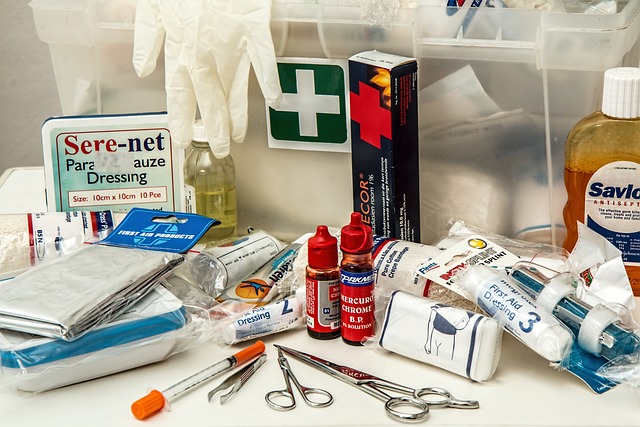First aid in the workplace is not just a regulatory requirement; it’s a backbone of maintaining a safe and responsible work environment. The significance of first aid at work requalification cannot be overstated—it ensures your first aiders remain competent, confident, and ready to respond effectively during emergencies. This blog serves to underline the importance of first-aid requalification, offering insights into its legal grounds, targeted candidates, course components, benefits, selection of the right training provider, and real-life applicability.
The Legal and Moral Compass
Within the framework of various regions, the stipulations for first aid at work are governed by stringent laws aimed at safeguarding workplace health and safety. In the UK, for instance, the Health and Safety (First-Aid) Regulations 1981 mandate employers to provide adequate and appropriate equipment, facilities, and personnel, ensuring immediate first aid assistance to employees in case of injury or illness. Similar laws exist across the globe, underscoring the universal necessity of workplace preparedness. However, laws can only go so far. The true essence of these regulations is to cultivate a culture of safety and readiness that transcends mere compliance.
Who and When?
The target audience for requalification includes existing workplace first aiders whose certification is nearing expiry. Standard practice suggests a requalification course should be undertaken every three years, though it’s advisable to engage in annual refresher courses to keep skills sharp. Additionally, shifts in legal requirements, updated protocols, or significant changes within the work environment might necessitate earlier requalification.
What to Expect from the Course
First aid at work requalification courses typically encompass both practical and theoretical components. Participants are refreshed on their knowledge of managing incidents, priorities in first aid, and dealing with trauma and illness amongst other vital skills. The content is designed to revise and update first aiders on changes to first aid practices, including the introduction of new techniques or modifications to existing treatments. It’s the bridge linking theory with action, where participants rehearse real-life scenarios to enhance their readiness and confidence.
Reaping the Benefits
The advantages of regular requalification stretch beyond compliance. They include staying abreast with the latest advancements in first aid procedures, ensuring quick and efficient response times during emergencies. A well-informed first aider is a key asset in any emergency situation, facilitating better outcomes for those affected. Formation of a safety-conscious culture within the workplace also fosters employee trust and satisfaction, as they perceive their wellbeing as a priority to their employer.
Selecting a Reputable Training Provider
Choosing the right training provider is paramount. Seek out accredited organisations known for delivering comprehensive and up-to-date courses. A reputable provider should offer a curriculum that aligns with current legal frameworks and best practices, administered by certified instructors. Consult reviews, ask for recommendations, and consider the provider’s experience and flexibility in catering to your specific workplace needs.
Real-Life Importance
The value of ready and capable first aiders was dramatically highlighted in the case of a construction site accident where a worker suffered a severe laceration. Thanks to the quick and competent response of requalified first aiders on site, significant blood loss was controlled before emergency services arrived, ultimately saving the worker’s life. This incident, among countless others, exemplifies the critical importance of having personnel equipped not only with foundational first aid knowledge but with up-to-date training that covers a wide spectrum of potential emergencies.
Conclusion
In wrapping up, first aid at work requalification stands as a crucial investment into the safety and wellbeing of the workplace—effectively making the difference between life and death in critical moments. It elevates the standard of emergency response through continuous improvement and adaptation to emerging first aid practices. By fostering an environment where safety and preparedness are cherished values, organisations can significantly mitigate the impact of workplace incidents while demonstrating a commitment to their most valuable asset—their employees.
For employers, workplace safety officers, and first aiders alike, the call to action is clear: ensure requalification is treated not just as a legal necessity but as a moral imperative, heralding a safer and more prepared workplace ethos for all.
